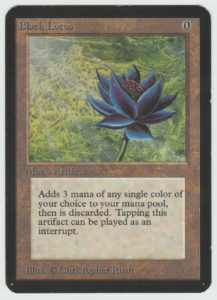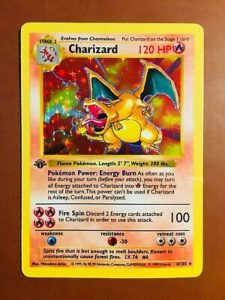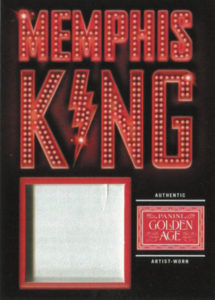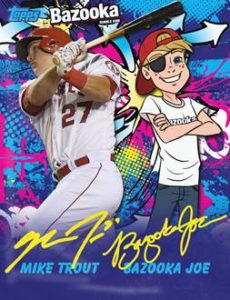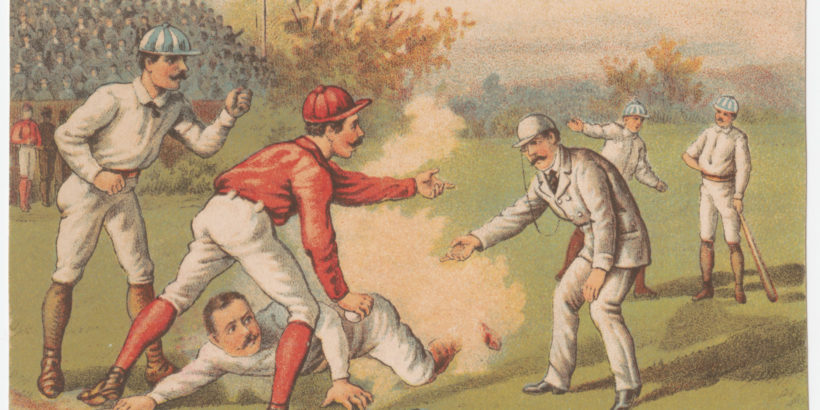Most folks think Trading Cards originated with pictures of baseball players packed into packs gum by the Topps candy company to promote sales. When in reality, their origins go a lot further back.
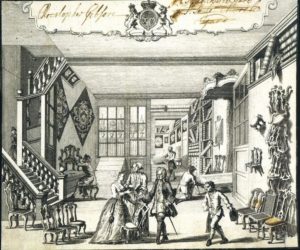
Trade Card for Christopher Gibson’s Upholstery Shop – London, England – 1730
In the late 1600s in an effort to promote products or services, many companies printed photos/slogans/company info on small paper or pasteboard cards that were given out in socially or to potential customers.
These predecessors to current day business cards were often not cards as they were mostly printed on paper at the time. They had the name of the business or tradesman and location (including a map, as formal addresses did not yet exist) and as advances were made in commercial engraving and lithography, illustrations became a standard feature. By the early 1700s increased interest meant that people were interested in more sophisticated cards so notable designers and engravers began to be hired to design them. The 1800s saw the introduction of color printing effects to create even further detailed cards, and companies started producing cards with stock designs and with an image on one side and space on the reverse for a company to add their own information. Around 1850, Le Bon Marché department store of Paris started offering a weekly ‘trade card’ advertisement to children who came along with their parents. This program was so successful it was emulated by many other department stores at the time.
A large collection of Bon Marché Trade Cards can be viewed at HobbyTime

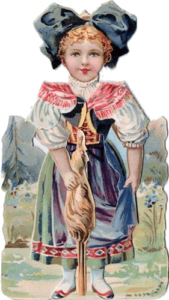
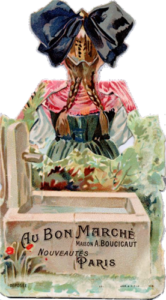
Trade Cards became popular in the United States following the Civil War and featured great insight into 19th century life as they illustrated a multitude of topics.
It wasn’t until 1886 that American cigarette company Allen & Ginter started packing advertising Trade Cards as a stiffener. By 1900 there were thousands of cigarette Trade Cards available produced by over 300 companies featuring everything from nature to sports and other things that appealed to men who smoked. This ultimately led to children standing outside of tobacco shops asking for cards from the people exiting.
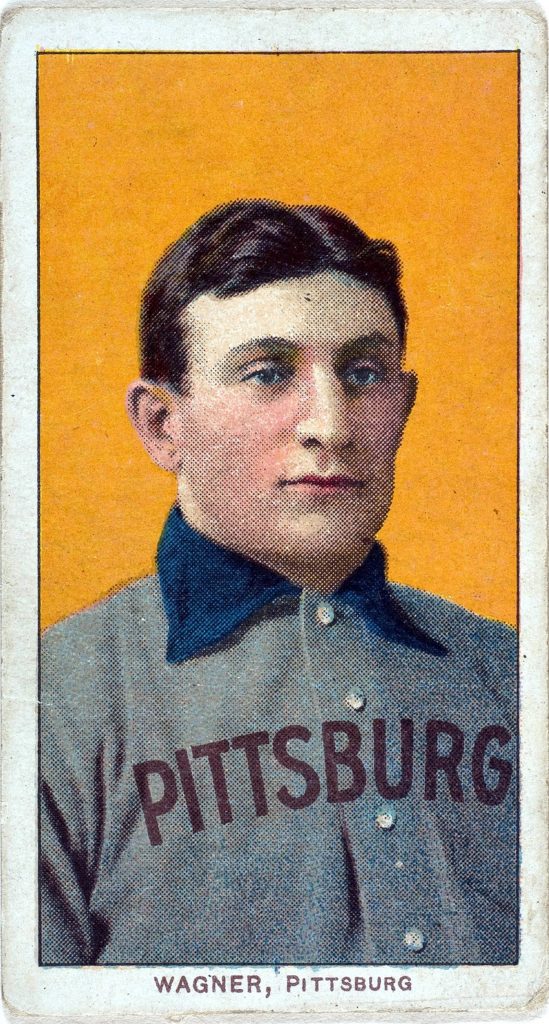
This Honus Wagner card printed by the American Tobacco Company between 1909 and 1911 (founded when multiple Tobacco companies including Allen & Ginter merged in 1890) is considered the most valuable trading card ever printed. It is believed that less than 200 were printed as Mr. Wagner refused to allow production to continue (either because he did not want children to buy cigarettes or because he wanted more compensation for his likeness.)
(Photo of American Tobacco Company T206 Honus Wagner from the Jefferson Burdick collection.)
Following the success of cigarette cards, many other products started including cards with their items or providing them for the cashier to give out at purchase. These mostly stopped during World War II, and after which cigarette cards never really picked up steam, with candy and gum cards becoming more popular.
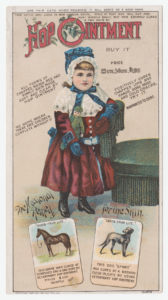
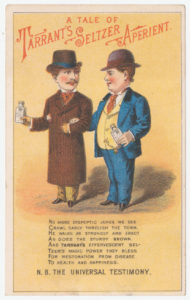
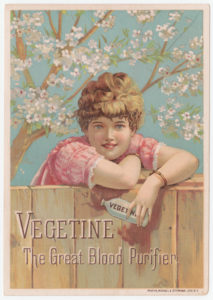
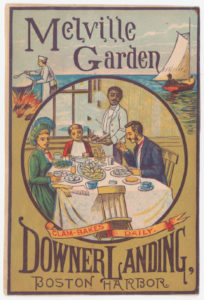

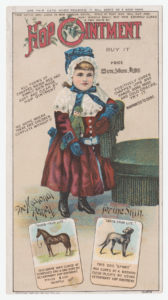
In 1933 the Goudey Gum Company of Boston were the first to put Baseball cards in bubble gum, printing player biographies on the back. The 1933 Goudey set remains one of the most popular Baseball sets to this day.
It wasn’t until 1950 that the Topps Crewing Gum company started putting cards featuring TV Shows, Movies, and All-American Football stars. In 1951 they launched their first series of Baseball cards (which resembled playing cards) and in 1952, launched the first true modern Baseball set, featuring player records and statistics printed on the backs.
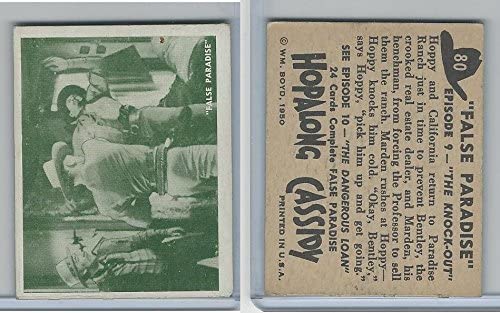
1950 Topps Hopalong Cassidy Trading Card.
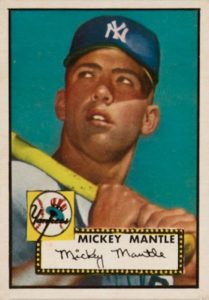
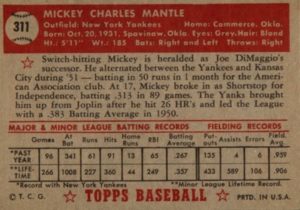
1981 saw the removal of the gum from packs of Topps cards, which brought great joy to trading card collectors, as the oil from the gum often left stains on the cards.
The rest, as they say, is history. The success of these, and many more card series by Topps, Bowman, Goudey, and others led to continued agreements with other brands, and innovation in the trading card space. You can now find games built around trading cards with Magic: The Gathering, and Pokemon being some of the most printed (and in some cases valuable.) There are trading cards that contain autographs, actual memorabilia from movies, or sports game used items. There are even full series of trading cards that don’t physically exist, they can only be bought and traded virtually within apps or on the blockchain.
One thing is for certain, trading cards aren’t going anywhere, and manufacturers will continue to innovate so trading cards will continue to hold popularity (and value!) for many years to come.
